How is sleep controlled?
We are often told that sleep is more important than eating or drinking. But unlike these other essential processes, sleep has been placed outside of our voluntary control.
Even more bizarrely, the more you try and sleep, the less likely it is to happen.
So many complaints regarding sleep stem from the frustration of not being able to control it. This article aims to explain a bit about the scientific backdrop to sleep control and help you to understand ways you can help yourself fall asleep quicker, and stay asleep.
Two Systems
It is logical to think that the longer you are awake, the more tired you become, and to an extent this is true. But if you’ve ever had to stay up all night, have you ever wondered why it is almost impossible to stay awake around 4 am or 5 am, but when 10am rolls around, you start to feel ok?
By 10 am you’ve been awake for longer, but you feel less tired for some reason. The amount of time you’ve been awake isn’t the only thing affecting how sleepy you feel. There must be another factor at play, and there is - the circadian rhythm.
The Circadian Rhythm
As humans, we are very reliant on light to carry out our activities, and so we have evolved to be more active during daylight hours and rest when it’s dark. This fluctuating cycle of wake and sleep is governed by an internal body clock known as the circadian rhythm.
The length of the cycle itself is just over 24 hours and so it is constantly being brought back in line by external stimuli, called ‘time-givers’, and the most important of these is light.
The reason this happens is so your internal body clock stays in sync with the external changing of the seasons (otherwise, you might wake up at dawn in April, but by the time Autumn rolls around, you could be so out of sync you’re waking up at 1 am!).
While your circadian rhythm rolls on with a roughly 24-hour period, it can be reinforced, or even adjusted back and forth using light as a trigger.
The Adenosine Sleep Drive
The idea of being more tired the longer you are awake is called the adenosine sleep drive. Adenosine is a chemical your body makes whenever it is awake. The adenosine accumulates, and the more adenosine you have, the more sleepy you feel. The only thing that can reduce your adenosine level is sleep.
How the adenosine sleep drive and the circadian rhythm interact is shown in the graph below.
This person has woken up at 7am. You can see their circadian rhythm (white line) kicking-up throughout the morning, making them feel more and more awake, before starting to take a down turn later in the afternoon.
You can also see that, as soon as they wake, they start building up their adenosine (yellow line).
When the circadian rhythm starts to drop low in the evening, it coincides with a high adenosine level. This person is going to fall asleep! This takes place during the lowest circadian sections that occur overnight, and during sleep, you can see the adenosine levels fall.
Just before 7 am, the circadian rhythm starts to pick up again, and the person wakes up.
A bit more understanding can come when we look in more detail at the earlier scenario in the graph below, where somebody stays up all night.
Rather than go to sleep in the evening, this person has stayed up and so the adenosine has continued to rise. Around 4am, the circadian rhythm has reached its lowest point – this is why 4 am can be such a difficult time to stay awake. You feel cold and your mental alertness grinds to a halt. But, come 7 am, even though your adenosine continues to rise - you no longer feel sleepy.
This is because your circadian rhythm has kicked into action and is sustaining you throughout the day. The crash happens that second evening as soon as your circadian rhythm starts to turn down, your body has nothing to oppose the high level of adenosine sleep pressure and you drop into sleep.
Morning larks and night owls
Not everybody’s circadian rhythm dances to the beat of the same drum. You’ve probably heard of morning larks – the people who get up early and are always at their best and most productive during the morning hours. And then the night owls – these people are not morning people! But they’re more productive later in the day, and are very happy staying up long after the morning larks have gone home to roost.
These patterns of wakefulness are known as your chronotype, and it actually shifts throughout your life. Teenagers famously go to be late, and get up late. Whereas older adults tend to feel the urge to sleep much earlier in the evening, then get up earlier.





